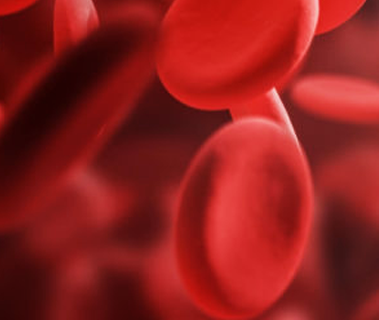Immature Reticulocyte Fraction Meaning, High, Low, Normal Range, Interpretation
The immature reticulocyte fraction (IRF) is a relatively new blood test that provides information about the maturity of red blood cells (RBCs). RBCs are produced in the bone marrow and go through several stages of development before they are released into the bloodstream. Reticulocytes are immature RBCs that still contain some RNA, which helps them mature. The IRF measures the proportion of reticulocytes that are the most immature, also known as high-fluorescence reticulocytes.
Immature Reticulocyte Fraction High
An elevated Immature Reticulocyte Fraction (IRF) indicates increased immature red blood cells in the bloodstream. This suggests compensatory erythropoiesis, where the bone marrow boosts red blood cell production due to decreased mature cells. Possible causes include hemolytic anemia, significant blood loss, acute infections, pregnancy, and underlying bone marrow disorders like myelodysplastic syndromes.

Immature Reticulocyte Fraction Low
The Immature Reticulocyte Fraction (IRF) assesses the maturity of young red blood cells. A low IRF suggests diminished numbers of mature reticulocytes, indicating potential conditions such as iron deficiency anemia, Vitamin B12 or folate deficiency affecting red blood cell production, bone marrow failure due to various factors, chronic kidney disease impacting erythropoietin production, and cirrhosis of the liver, which impairs the liver's role in red blood cell generation
Immature Reticulocyte Fraction Normal Range
The normal reference range for the Immature Reticulocyte Fraction (IRF) varies slightly between genders:
Males: 3.0% - 15.9%
Females: 2.3% - 13.4%
It's important to note that these are general guidelines, and the specific reference range may vary depending on the laboratory performing the test. Your doctor will interpret your IRF result in the context of your other test results and your medical history.
Immature Reticulocyte Fraction Interpretation
The Immature Reticulocyte Fraction (IRF) is a recent blood test measuring the percentage of immature reticulocytes, indicating bone marrow health and red blood cell production.
Normal IRF range:
Males: 3.0% - 15.9%
Females: 2.3% - 13.4%
Interpretation:
Increased IRF (>10%): Indicates heightened red blood cell production (e.g., anemia, bone marrow recovery after treatment).
Decreased IRF (<5%): Suggests reduced red blood cell production (e.g., aplastic anemia, deficiencies in vitamins or minerals, chronic inflammatory conditions).
 Reviewed by Simon Albert
on
February 26, 2024
Rating:
Reviewed by Simon Albert
on
February 26, 2024
Rating:











